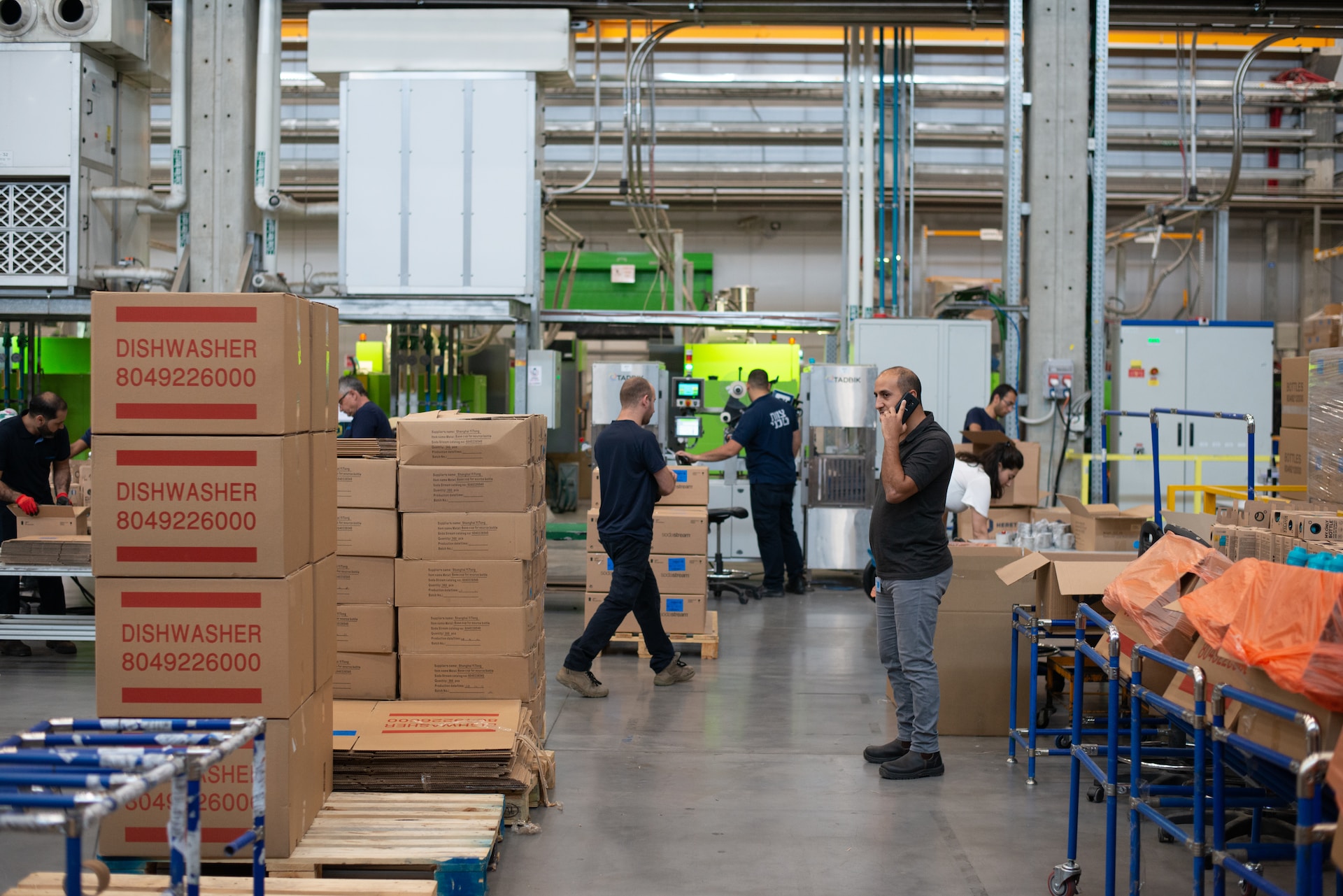


Kitting is a vital process in modern-day warehousing and logistics management. The process of kitting involves grouping related items together to create a ready-to-use assembly or package.
Kitting has become an essential operation in many industries as it helps to streamline the order fulfillment process, improve inventory management, and reduce costs.
This article will look closer at kitting in warehousing, its benefits, and best practices. By understanding the importance of kitting and how to implement it effectively, warehouses can improve their overall efficiency and profitability.
Kitting has several benefits in warehousing and logistics management. Some of the key benefits of kitting include:
Kitting helps to streamline the order fulfillment process by grouping related items together. This reduces the time required to process an order and can help improve the warehouse’s overall efficiency.
Kitting helps to improve inventory management by reducing the number of SKUs (stock keeping units) that need to be managed. By grouping related items together, kitting minimizes the number of items that need to be tracked, which can help simplify inventory management and reduce costs.
Kitting helps to improve order accuracy by ensuring that all the necessary items are included in the package. This reduces the likelihood of errors and can help to improve customer satisfaction.
Kitting can help reduce shipping costs by grouping related items together. This reduces the number of packages that need to be shipped, which can help reduce shipping costs and improve profitability.
Kitting can help improve workplace safety by reducing the time employees spend moving around the warehouse gathering individual items. By grouping related items together in one package, employees can spend less time moving around and more time on other tasks, reducing the risk of accidents and injuries.
To maximize the benefits of kitting in warehousing, it is important to follow some best practices. Some of the key best practices for kitting include:
Before starting the kitting process, it is important to plan ahead. This involves identifying the items that need to be included in the package, determining the quantities required, and ensuring that all the necessary items are in stock.
To ensure consistency and accuracy, it is important to use standard operating procedures (SOPs) for kitting. This involves creating a set of guidelines that outline the steps involved in the kitting process and the roles and responsibilities of each team member.
It is important to implement quality control measures to ensure that the finished product meets the required standards. This involves verifying the accuracy and completeness of each package before it is shipped.
To improve the efficiency of the kitting process, it is important to utilize technology. This can include using barcode scanners to track inventory and automate the kitting process.
It is important to monitor and adjust these processes regularly to ensure that kitting processes continue to meet the needs of the warehouse and its customers over time. Warehouses should track key performance metrics such as order fulfillment times, accuracy rates, and inventory levels to identify opportunities for improvement.
Based on the results of these metrics, warehouses can adjust kitting processes to ensure that they are meeting the evolving needs of the business.
Kitting is an important process in warehousing that can improve order processing times, inventory management, order accuracy, shipping costs, workplace safety, and flexibility. To achieve these benefits, warehouses must follow best practices such as planning ahead, using standard operating procedures, implementing quality control measures, and utilizing technology.
Additionally, they should consider monitoring kitting processes regularly to ensure that they continue to meet the needs of the business. By implementing these best practices, warehouses can maximize the benefits of kitting and improve their overall efficiency and profitability.
At Your Logistics Corp, our state-of-the-art facilities, product kitting services, and dedicated team of fulfillment experts can help streamline your logistics and accelerate your growth. Contact us today to learn more about how we can help your business succeed!
